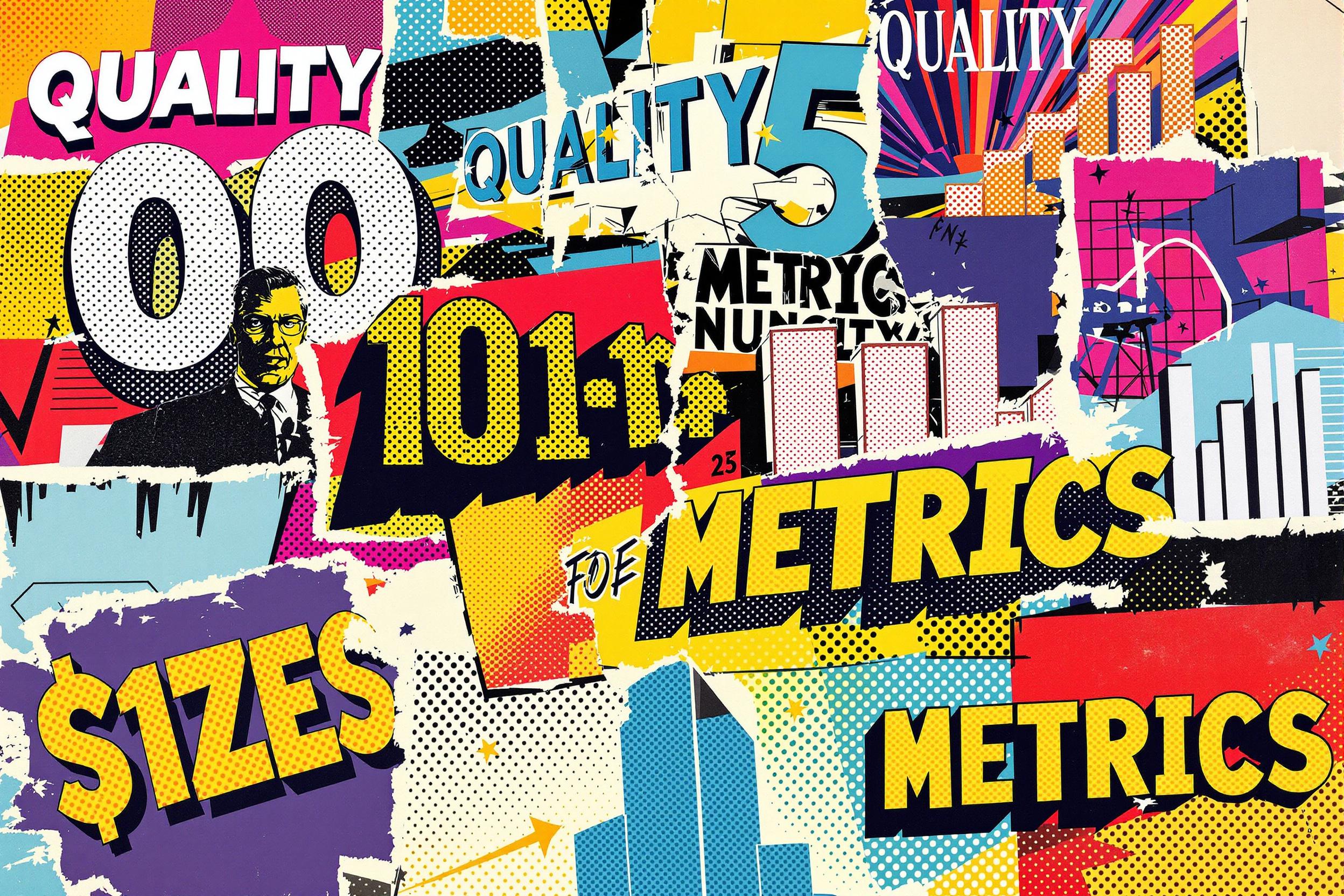
Calibration Curve
A Calibration Curve is a basic tool scientists use to measure things accurately in laboratories and research settings. Think of it like a ruler that helps measure the amount of a substance, but for things too small or complex to measure with regular tools. Scientists first measure known amounts to create this 'ruler' (the calibration curve), then use it to figure out unknown amounts in their samples. It's similar to how a bathroom scale needs to be calibrated to show the right weight. When you see this term in a resume, it usually means the person has experience with precise laboratory measurements and quality control.
Examples in Resumes
Developed Calibration Curve methods for analyzing pharmaceutical compounds
Improved accuracy of lab results using Calibration Curve techniques
Trained junior scientists in creating and using Calibration Curves for quality control
Typical job title: "Laboratory Scientists"
Also try searching for:
Where to Find Laboratory Scientists
Professional Organizations
Job Boards
Professional Networks
Example Interview Questions
Senior Level Questions
Q: How would you validate a calibration curve method for a new analytical procedure?
Expected Answer: A senior scientist should explain the process of ensuring accuracy and reliability, including testing different concentration ranges, checking for consistency, and implementing quality control measures. They should mention regulatory requirements and documentation practices.
Q: How would you train a team in proper calibration curve techniques?
Expected Answer: Should discuss creating standard operating procedures, quality control checks, common pitfalls to avoid, and methods for ensuring consistency across different team members and instruments.
Mid Level Questions
Q: What factors can affect the reliability of a calibration curve?
Expected Answer: Should mention equipment maintenance, sample preparation, environmental conditions, and proper documentation. Should understand how to identify and troubleshoot common problems.
Q: How do you ensure the quality of your calibration curve data?
Expected Answer: Should discuss regular checking of standards, proper documentation, repeated measurements, and statistical analysis to ensure accuracy and reliability.
Junior Level Questions
Q: What is a calibration curve and why is it important?
Expected Answer: Should explain that it's a tool for measuring unknown amounts by comparing them to known standards, and why this is important for accurate laboratory measurements.
Q: How do you create a basic calibration curve?
Expected Answer: Should describe the process of preparing standard solutions, measuring them, plotting the results, and using the curve to determine unknown concentrations.
Experience Level Indicators
Junior (0-2 years)
- Basic laboratory measurements
- Creating simple calibration curves
- Following standard operating procedures
- Basic data recording and documentation
Mid (2-5 years)
- Method development and optimization
- Troubleshooting analytical problems
- Quality control procedures
- Data analysis and interpretation
Senior (5+ years)
- Method validation and verification
- Training and supervising junior staff
- Complex analytical problem-solving
- Quality system management
Red Flags to Watch For
- No hands-on laboratory experience
- Lack of understanding of basic measurement principles
- Poor attention to detail in documentation
- No experience with quality control procedures
Related Terms
Need more hiring wisdom? Check these out...

Unlocking the Competitive Edge: Benchmarking Your Talent Acquisition Metrics

The Cryptic Secrets of Data-Driven HR: Metrics that Actually Matter (and Some That Might Make You Laugh)

Stop Chasing Unicorns: How to Finally Improve Candidate Quality Metrics (and Actually Enjoy Hiring)

